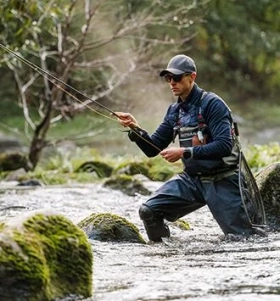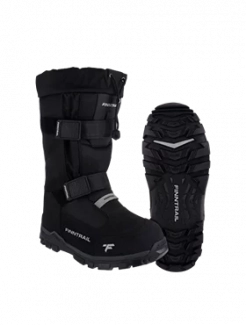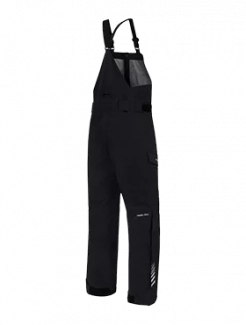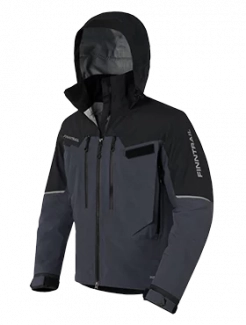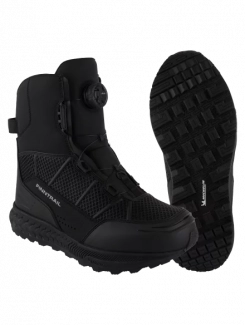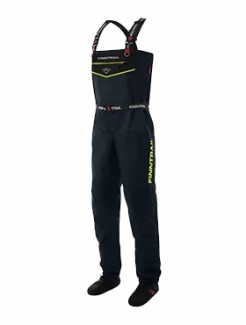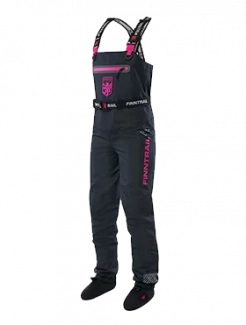When Do You Need To Replace Springs On An ATV
The suspension on your ATV is crucial to make it ride as pleasantly as possible while still getting the most out of it. When your suspension is working correctly, your machine will be easier to throw around, be more stable, and you’ll be able to ride it faster.
The springs in the shocks are just one of the critical parts. If your shocks are damaged or worn, you can replace the shocks in their entirety. Or, if you only have an issue with the springs, you can often just replace the shock’s springs, saving money.

How long do shocks last?
Standard non-adjustable shocks last around six years or 30,000 miles.
Preload adjustable shocks offer the ability to adjust the spring in the shocks and are more common in UTVs. You’ll get around 8-10 years out of these shocks, or 40,000 miles.
Compression/rebound adjustable shocks have better control over the piston shaft speed. They’ll last up to 13 years or 50,000 miles.
Finally, air shocks don’t have a spring at all and instead use air pressure. They are durable and last about as long as compression/rebound adjustable shocks.
When do I need to replace springs on my ATV shocks?
ATV shock springs can become damaged or worn without the rest of the shocks being damaged. Besides the springs, modern shock absorbers have a piston shaft, eyelets, piggyback reservoir, and often a rebound adjuster, preload adjuster, and compression adjuster. You can save money by only replacing your springs.
Sometimes, the stock springs that come with an ATV are too soft or too hard. This is quite common in cheaper mini quad bikes, where the suspension is so hard or soft it’s almost useless. Instead of replacing the entire shock, you can replace the spring with a shorter or longer version, adjusting the hardness of the ride.
As springs wear, they lose their strength. If you find your shocks are beginning to feel mushy, then replacing the spring coils may be the way to go. This mushiness through wear-and-tear is another reason that adjustable shocks tend to last longer. With adjustable preload shocks, you can essentially tighten the spring coil if it feels mushy. Pro adjustable shocks also let you adjust the compression and rebound, so you can perfect how your racing quad feels.
How to replace springs in ATV shocks
Any difficulty in replacing ATV shock springs comes from compressing the spring. To make things simpler, you can use a shock spring compressor. As it’s a relatively rarely used tool, owners often forego the purchase of a shock spring compressor and use ratchet straps instead.
To replace ATV shocks using this method, you’ll need a strong vice and four ratchet straps.
1. Remove the shock and place it securely in the vice.
2. Straighten your first ratchet strap. Fish it through the top coil of the spring and bring it all the way to the bottom of the spring. Tighten the ratchet strap a little, just enough to hold it in place.
3. Do the same thing for your other three ratchet straps, so there is a loosely-connected ratchet strap evenly all away around the shock.
4. Now all four straps have been connected, begin tightening each belt a little. Adjust straps that are across from each other simultaneously, so all four straps are tightened together at a similar pressure.
5. Keep tightening the ratchet straps until the ring at the top of the spring is loose.
6. Remove the ring, and you’ll be able to remove the spring from the shock altogether. Be careful to handle the spring gently, as the four ratchet straps still compress it.
7. Remove the ratchet straps carefully. Remember, there’s still some pressure in the spring.
8. Follow the same steps to add the four ratchet straps to your new spring.
9. Tighten the four ratchet straps in the same manner until the new spring is short enough to fit into the shock.
10. Fit the new spring and re-add the ring that holds it in place.
11. Carefully loosen the ratchet straps one by one. The spring will decompress at speed, so keep your fingers away from the ring.



